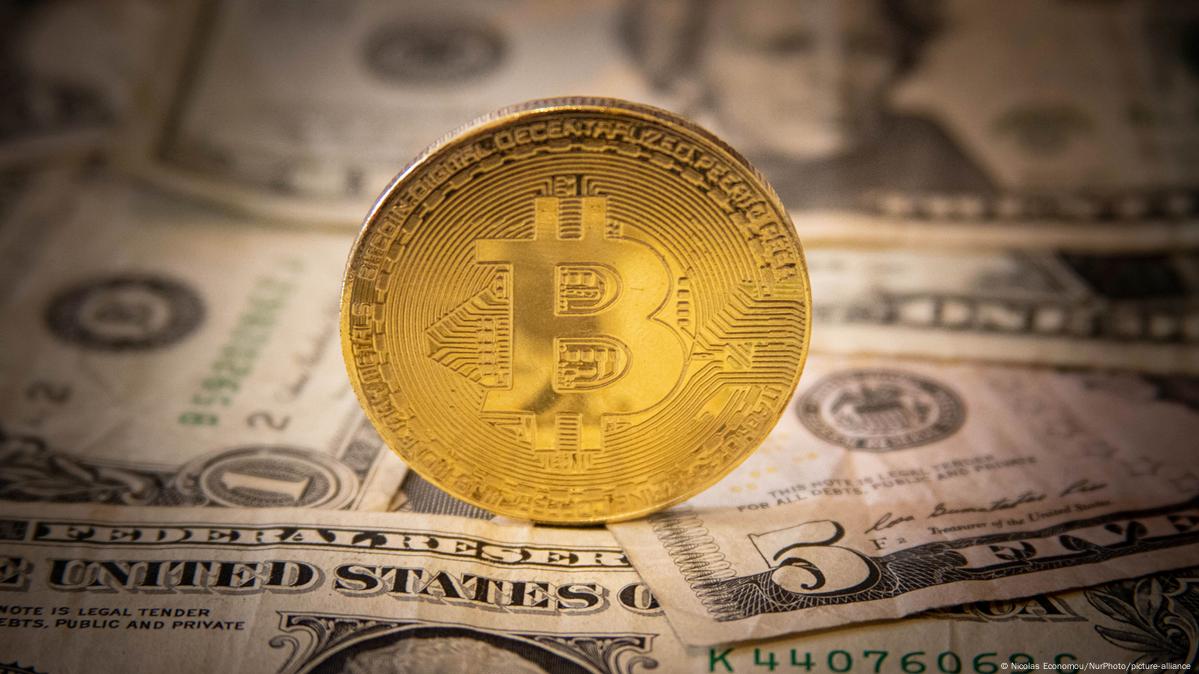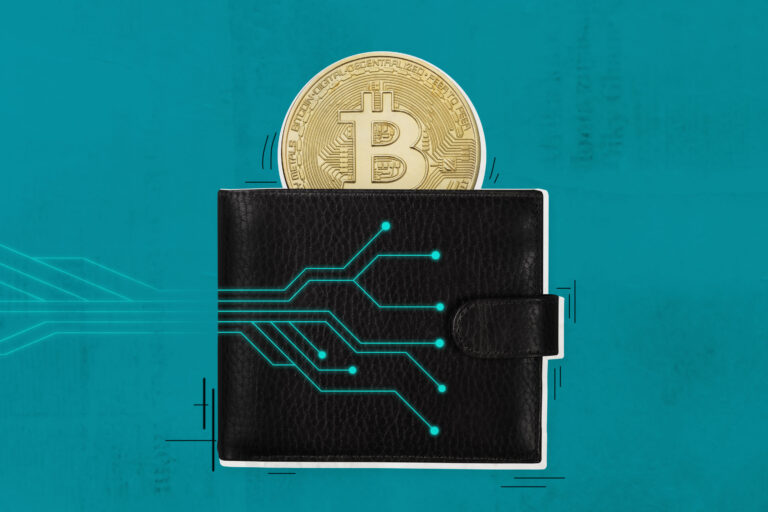Are you looking to purchase digital assets? Are you unsure where to begin or how the process works? Don’t worry – this article is your ultimate guide to buying crypto-assets. Whether youre a beginner or an experienced investor, its important that you understand the basics of purchasing digital assets and what options are available for doing so. Well, walk through all the steps from fiat (traditional currency) to crypto, giving you the knowledge and confidence needed to get started with buying digital assets today.
Understand the Different Types of Cryptocurrency
When it comes to digital assets, understanding the different types of cryptocurrency is crucial. Bitcoin, for example, was created in 2009 and remains one of the most popular cryptocurrencies today. Ethereum, which launched in 2015, offers a platform on which users can create smart contracts and decentralized applications (DApps). Litecoin is also very popular due to its faster transaction times compared to Bitcoin.
Other examples include Ripple (XRP), Dash, and Monero. Each has its own benefits and drawbacks depending on what one wants out of their investment or purchase. For instance, some may be more secure than others or have lower fees associated with transactions. Another important aspect of digital assets is the ability to convert them between different cryptocurrencies or stablecoins, such as to convert USDT to USDC.
It’s essential to do research before investing in any kind of digital asset, as each type carries different levels of risk and potential reward with them. By understanding the pros and cons of each cryptocurrency and stablecoin, investors can make informed decisions and potentially maximize their returns while minimizing risk.
How to Buy Crypto with Fiat Currency

When it comes to buying crypto with fiat currency, there are a few steps you need to follow. First and foremost, you must create an account on one of the many digital asset exchanges available. You will also have to verify your identity before proceeding with any transactions. It is important that you make sure the exchange provides secure methods for authentication and encryption as well as meets all regulatory requirements in order to protect yourself from potential fraud.
Once approved by the exchange, you can then deposit funds into your account using either wire transfer or credit/debit card payment options depending on what’s accepted by the platform. After depositing funds into your account, it’s time to purchase crypto assets with fiat currency like USD or EURO at a market rate according to the exchange’s trading engine. This can be done quickly through their website or mobile app if they provide one (many do nowadays).
It is always advisable that when dealing with online financial transactions involving cryptocurrencies that extra caution should be taken in terms of security and due diligence – only buy crypto from verified sources who use best-in-class custodial services and employ state-of-the-art security measures such as cold storage solutions etc., which ensures utmost safety of your digital assets even in case of theft or other malicious cyber attacks. With this said, remember that investing in cryptocurrencies carries a high degree of risk; so please do not invest more than what you can afford losing!
Safety and Security Considerations When Buying Crypto
When it comes to buying crypto, safety, and security must be taken into consideration. First and foremost, only purchase digital assets from a trusted source. Be sure to research the company providing the currency and make sure they are registered with relevant government bodies in your area. It is also important to remember that cryptocurrencies are not backed by governments or banks so make sure you understand the risks associated with making these investments before going ahead.
Next, always store your digital assets securely using an appropriate wallet for your chosen cryptocurrency; this should include two-factor authentication for added protection against hackers. Additionally, enable all security features offered by exchanges as well as other platforms where you hold digital assets such as email encryption and password protocols.
Furthermore, when sending funds via blockchain transactions use a unique address each time you transfer money in order to protect yourself from cybercriminals tracking your activity over the network. Lastly, keep track of any changes in legislation related to cryptocurrencies since laws can vary greatly depending on jurisdiction so staying informed will help ensure secure investment decisions moving forward.
Storing Your Investments Securely

When investing in digital assets, it is important to know how to store them securely. Cryptocurrencies and other digital assets are often stored in a wallet or exchange that provides the highest level of security available. Wallets held on exchanges can provide added security measures such as two-factor authentication or multi-signature verification which adds an extra layer of protection for your funds.
If you prefer to hold your own private keys, there are many wallets that offer cold storage options – meaning they remain offline and disconnected from any networks until needed. These wallets are considered the most secure way to manage your crypto investments as they maintain full control over their private key without relying on third parties.
Additionally, it is wise to diversify one’s holdings across multiple wallets rather than storing all of them in one place as this helps mitigate against potential theft or loss due to technical error or malicious attack on a single wallet provider. With these precautions taken into consideration when selecting a storage solution, investors can rest assured that their digital assets will remain safe and secure during times of market volatility and beyond.
Tax Implications for Investing in Digital Assets
Investing in digital assets may appear straightforward, but it is important to consider the tax implications. Depending on your country of residence, capital gains taxes can apply when buying and selling digital assets such as cryptocurrency. Tax regulations may also vary depending on how long you have owned an asset and if it has been used for business purposes. It is essential to understand the local laws or consult a financial advisor before investing in any digital asset.
Additionally, while filing taxes it’s important to accurately track all crypto trades including purchase prices and sale prices of each transaction along with various other details like dates and trading fees paid. For investors living in countries that don’t currently recognize cryptocurrencies as legal tender, taxation rules are still applied just like any other type of investment asset class so proper records must be kept for accurate reporting at tax time.
Conclusion

In conclusion, investing in digital assets can be a great way to diversify your portfolio and potentially increase returns on investment. As with any financial decision, it is important to do thorough research and use reliable resources before investing. When making the transition from fiat money to cryptocurrency or other digital assets, understanding the basics of how these markets work can help you make more informed decisions about where you put your money.
Additionally, having an understanding of different wallets used for storing cryptocurrencies as well as the process behind buying and selling digital assets can help ensure that transactions are secure and successful. Ultimately, by equipping yourself with knowledge about each step involved in purchasing crypto or other digital assets, investors can feel confident when making their next move into this realm of finance.

